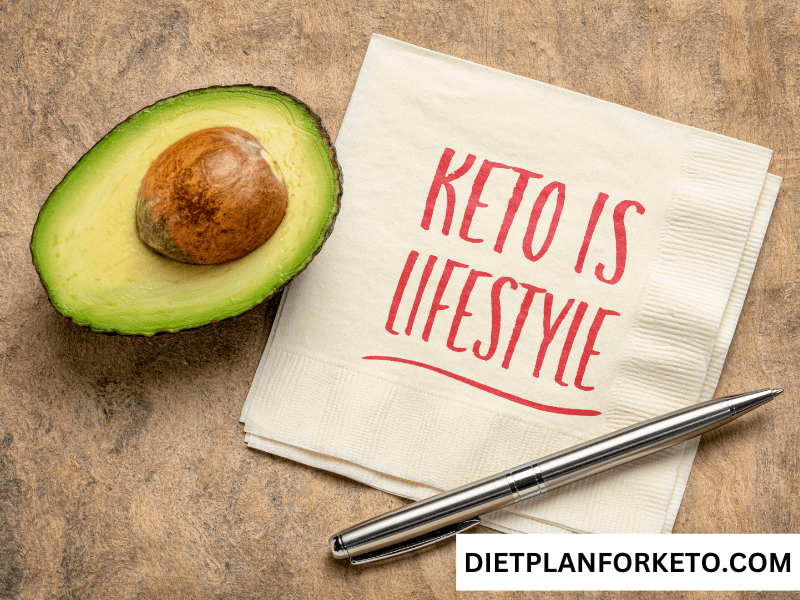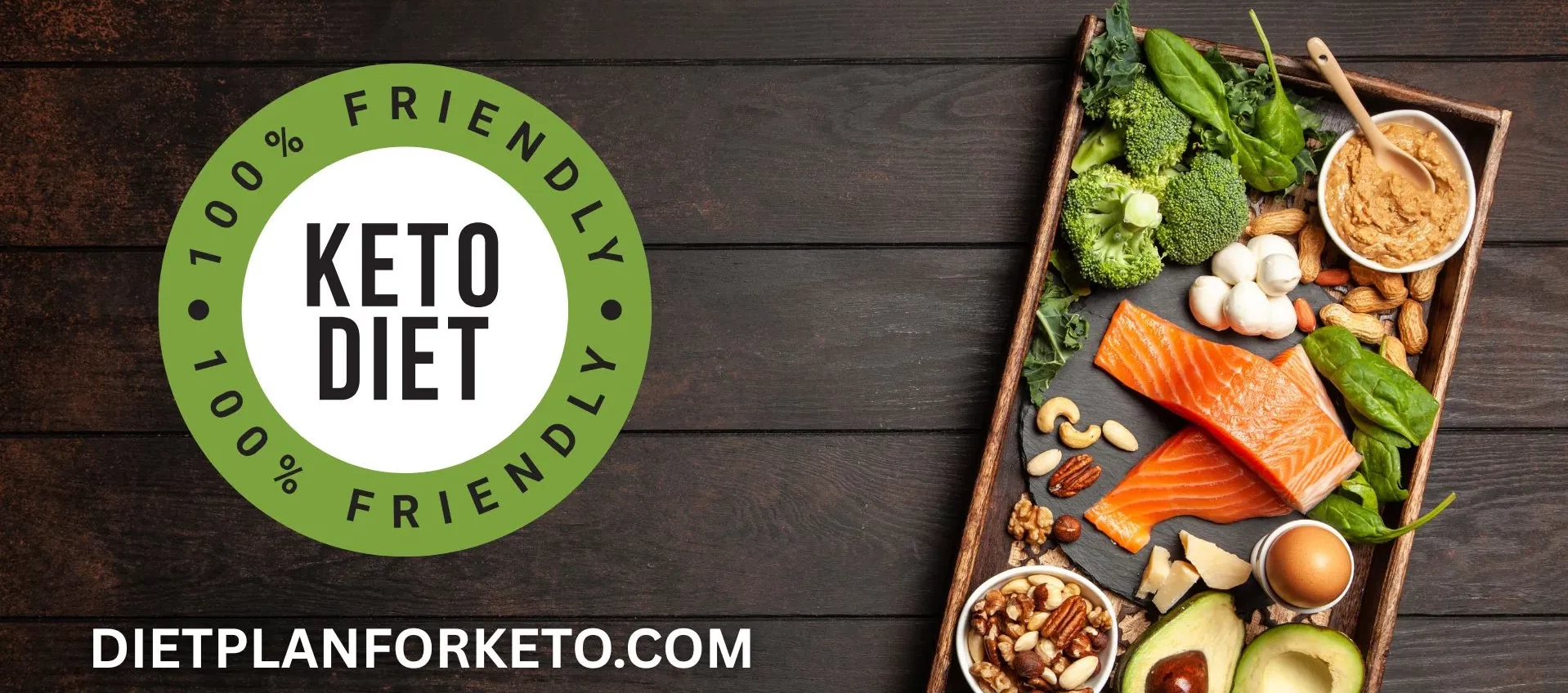Carbohydrates play a crucial role in human nutrition, but when it comes to the ketogenic diet, they are often viewed as the enemy.
Many people believe that carbs must be completely eliminated to achieve success on keto, but is that really the case?
In this guide, we’ll break down the truth about carbs and the keto diet, dispel common myths, and provide you with practical strategies for managing carbohydrate intake without sabotaging your progress.
Table of Contents
- What Are Carbohydrates?
- How Carbs Affect the Body
- The Keto Diet and Carbohydrate Restriction
- Good Carbs vs. Bad Carbs: What’s the Difference?
- How Many Carbs Can You Have on Keto?
- Net Carbs vs. Total Carbs: Why It Matters
- Hidden Carbs That Can Stall Your Progress
- How to Reintroduce Carbs Without Ruining Ketosis
- Pros and Cons of Managing Carbs on Keto
- Final Thoughts: Finding the Right Carb Balance for You
1. What Are Carbohydrates?
Carbohydrates are macronutrients found in a variety of foods, including fruits, vegetables, grains, and dairy products. They serve as the body’s primary energy source. Carbs are categorized into three main types:
- Sugars: Simple carbs found in fruits, dairy, and processed foods.
- Starches: Complex carbs present in grains, legumes, and root vegetables.
- Fiber: Indigestible carbs that support digestion and gut health.
2. How Carbs Affect the Body
When consumed, carbohydrates are broken down into glucose, which enters the bloodstream and provides energy. The body responds by releasing insulin, a hormone that helps regulate blood sugar levels. Excess glucose is stored as glycogen in the liver and muscles, or converted into fat if energy needs are met.

3. The Keto Diet and Carbohydrate Restriction
The ketogenic diet limits carbohydrate intake to induce a metabolic state called ketosis, where the body burns fat for fuel instead of glucose. By drastically reducing carb consumption, insulin levels drop, and the body shifts to using ketones for energy. This process has been shown to support weight loss, improve mental clarity, and stabilize blood sugar levels.
4. Good Carbs vs. Bad Carbs: What’s the Difference?
Not all carbs are created equal. Some are beneficial, while others can negatively impact health.
- Good Carbs: Non-starchy vegetables, low-glycemic fruits (berries), nuts, and seeds.
- Bad Carbs: Processed grains, sugary snacks, sodas, and refined flours.
5. How Many Carbs Can You Have on Keto?
The typical keto diet recommends:
- Standard Keto: 20-50g net carbs per day.
- Low-Carb Diet: 50-100g net carbs per day (not strict keto but can still induce fat-burning).
- Cyclical Keto: Alternating high-carb and low-carb days to support athletic performance.
6. Net Carbs vs. Total Carbs: Why It Matters
Net carbs are calculated by subtracting fiber and sugar alcohols from total carbs. This distinction is important because fiber does not impact blood sugar the same way digestible carbs do. Understanding net carbs can help you make informed choices about which foods to include in your keto diet.
7. Hidden Carbs That Can Stall Your Progress
Certain foods contain hidden carbohydrates that can unknowingly push you out of ketosis, including:
- Sauces and dressings (many contain added sugars)
- Dairy products (milk and some yogurts have naturally occurring sugars)
- Nuts and seeds (some varieties have higher carb content than expected)
- Low-carb packaged foods (check labels for hidden sugars)
8. How to Reintroduce Carbs Without Ruining Ketosis
If you want to add more carbs back into your diet without derailing ketosis, follow these steps:
- Increase carbs gradually: Start with small amounts of low-glycemic carbs.
- Monitor ketone levels: Use test strips or a keto monitor to track your state of ketosis.
- Time your carbs strategically: Consume them around workouts for optimal utilization.
- Stick to whole foods: Choose nutrient-dense sources like berries, non-starchy veggies, and nuts.
9. Pros and Cons of Managing Carbs on Keto
Pros:
✔ Supports weight loss and fat burning
✔ Enhances mental clarity and focus
✔ Reduces blood sugar and insulin levels
✔ Helps control cravings and appetite
Cons:
✘ Can be restrictive and hard to sustain long-term
✘ Risk of nutrient deficiencies if carb intake is too low
✘ Possible keto flu symptoms when adjusting to lower carbs
✘ Hidden carbs can make it difficult to stay in ketosis
10. Final Thoughts: Finding the Right Carb Balance for You
The truth about carbs and the keto diet is that there is no one-size-fits-all approach. While strict carb restriction works for many, others may benefit from a more flexible approach that incorporates moderate amounts of healthy carbs. The key is to listen to your body, track your progress, and adjust accordingly.
For more insights on keto-friendly carb choices and practical meal planning, check out this comprehensive guide on keto nutrition.
